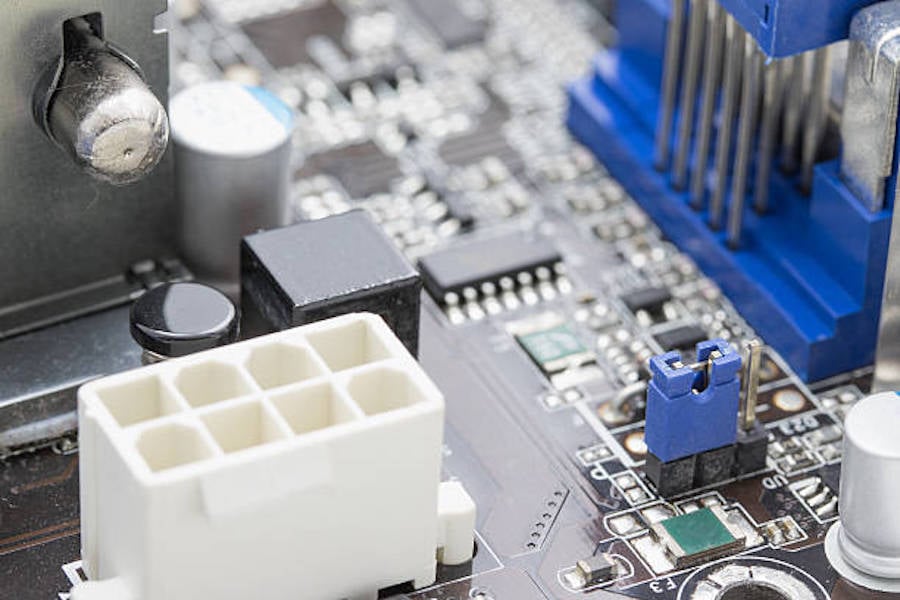Table of Contents

How to Properly Maintain a Molding Power Choke for Optimal Performance
Molding power chokes are crucial components in various electrical systems, providing stability and efficiency. To ensure their optimal performance, it is essential to maintain them properly. In this article, we will explore ten key aspects of maintaining a molding power choke, covering everything from regular cleaning and inspection to addressing potential issues and extending their lifespan.
1. Understanding the Role of a Molding Power Choke
Before delving into maintenance, it is important to understand the role of a molding power choke. These components are used in electrical circuits to store energy temporarily, preventing sudden voltage spikes and ensuring a stable power supply. By reducing electrical noise and regulating current flow, molding power chokes contribute to the overall performance and reliability of electronic devices.
2. Regular Cleaning and Inspection
To maintain optimal performance, regular cleaning and inspection of molding power chokes is crucial. Dust, dirt, and debris can accumulate on the surface and within the choke, affecting its efficiency. Use a soft brush or compressed air to remove any debris, taking care not to damage the delicate components. Inspect the choke for any signs of damage, such as cracks or loose connections, and address them promptly to prevent further issues.
3. Ensuring Proper Ventilation
Molding power chokes generate heat during operation, and proper ventilation is essential to dissipate this heat. Ensure that the choke is installed in a well-ventilated area, away from other heat-generating components. Adequate airflow will help prevent overheating and extend the lifespan of the power choke.
4. Avoiding Excessive Vibrations
Excessive vibrations can have a negative impact on the performance of molding power chokes. Mount the choke securely to prevent unnecessary movement and vibrations. If the electronic system experiences frequent vibrations, consider using vibration-damping materials or isolators to protect the power choke.
5. Protecting Against Moisture and Contaminants
Moisture and contaminants can cause corrosion and damage to molding power chokes. Ensure that the electronic system is properly sealed and protected from moisture ingress. Use protective coatings or enclosures that prevent the entry of contaminants, such as dust, water, or chemicals, which can compromise the performance of the power choke.
6. Verifying Electrical Connections
Periodically inspect the electrical connections of the molding power choke to ensure they are secure and free from oxidation or corrosion. Loose or faulty connections can lead to inefficient power transfer, affecting the performance of the choke. If necessary, clean the connectors and apply a suitable contact enhancer to maintain optimal electrical conductivity.
7. Temperature Monitoring
Monitoring the temperature of the molding power choke is crucial for its optimal performance. Excessive heat can degrade the choke's components and reduce its efficiency. Consider using temperature sensors or infrared thermometers to periodically check the temperature of the choke. If the temperature exceeds the manufacturer's recommended limits, investigate and address the underlying cause.
8. Addressing Potential Issues Promptly
If you notice any abnormal behavior or performance issues with the molding power choke, address them promptly. Ignoring potential problems can lead to further damage and potentially affect other components in the electrical system. Troubleshoot the issue systematically, consulting the manufacturer's guidelines or seeking professional assistance if necessary.
9. Keeping Up with Manufacturer Guidelines
Manufacturers often provide specific guidelines for maintaining their molding power chokes. These guidelines may include recommended cleaning methods, inspection intervals, and operating conditions. It is important to familiarize yourself with these guidelines and follow them diligently to ensure optimal performance and prevent voiding any warranties.
10. Extending Lifespan through Proper Handling
Proper handling of molding power chokes can significantly extend their lifespan. Avoid subjecting the choke to excessive mechanical shocks or impacts. When removing or installing the choke, handle it with care, ensuring that no excessive force is applied. By treating the power choke delicately, you can maximize its longevity and maintain its optimal performance.
